Over a decade of experiments and collaborations, we have refined an applied and engaged practice that explores and challenges new horizons and imaginaries.
Our Approach
What is Design Fiction?
A speculative and critical anticipatory approach,
seeking to inspire new visions of the future,
not in a predictive way (‘the future will be like this’),
nor in a prescriptive way (‘the future must be like this’),
but rather by materialising imaginaries and perspectives
to foster debate and adjust today’s decisions.
In other words, Design Fiction allows one to see and experience possible futures, both critical and unifying.
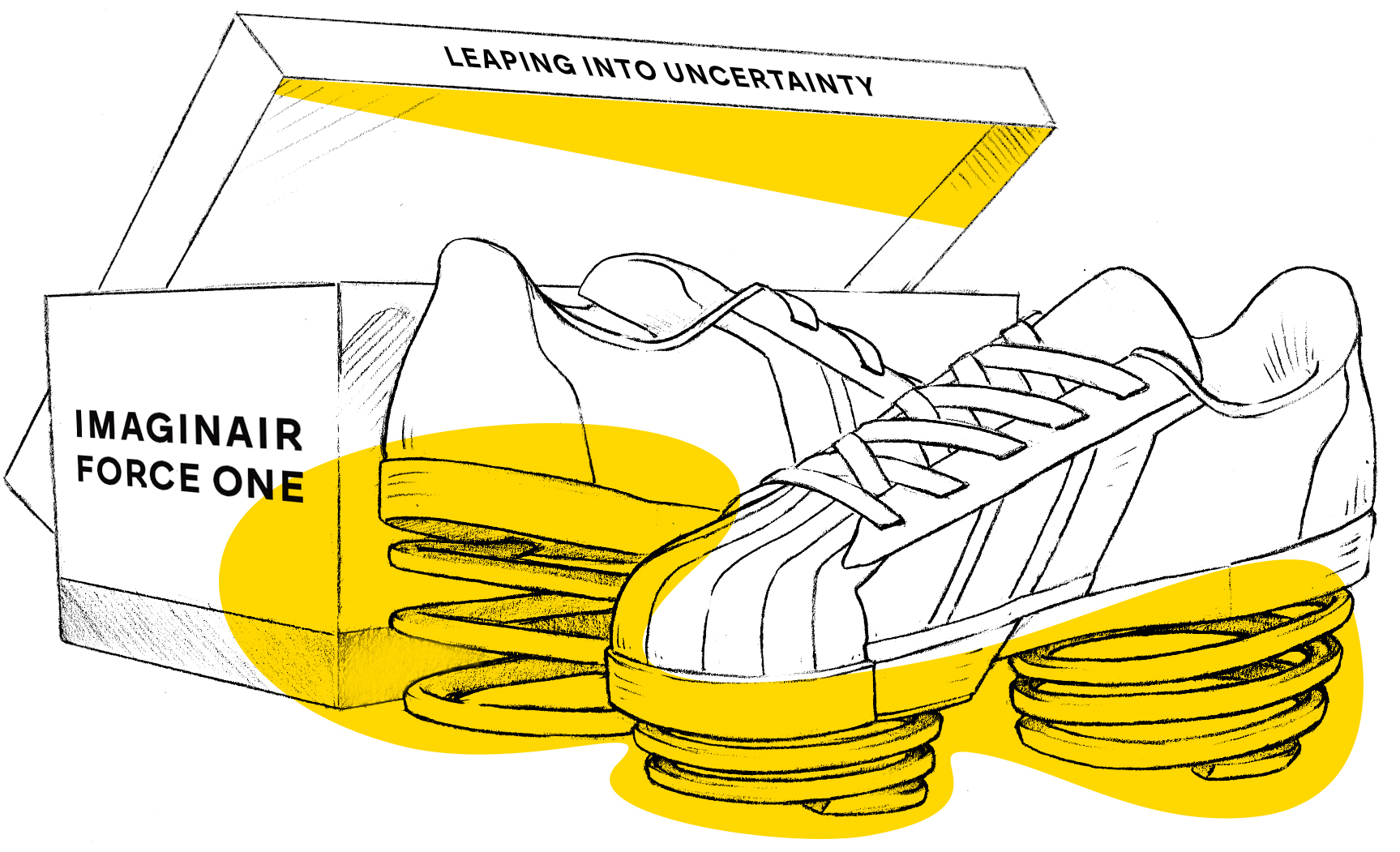
By convention, ‘a design fiction’ (lowercase) refers to speculative artefacts and visual embodiments of anticipation scenarios, while ‘Design Fiction’ (capitalised) denotes the approach itself.
Balancing foresight, science fiction,
and imaginaries
Our approach to Design Fiction takes inspiration from foresight, science fiction, and the sociology of imaginaries:
- From foresight, we borrow the rigorous study of megatrends and weak signals.
- From science fiction, we draw on radical extrapolation, the ethics of critique, and cautionary storytelling.
- From the sociology of imaginaries, we adopt an understanding of the representations that shape choices and spark controversies.
When it comes to exploring new horizons, we firmly believe that experiencing them allows us to go where data cannot. Design Fiction strikes a balance between the objective projection of foresight and the subjective projection enabled by science fiction and imaginaries.
The ingredients of our Design Fiction approach
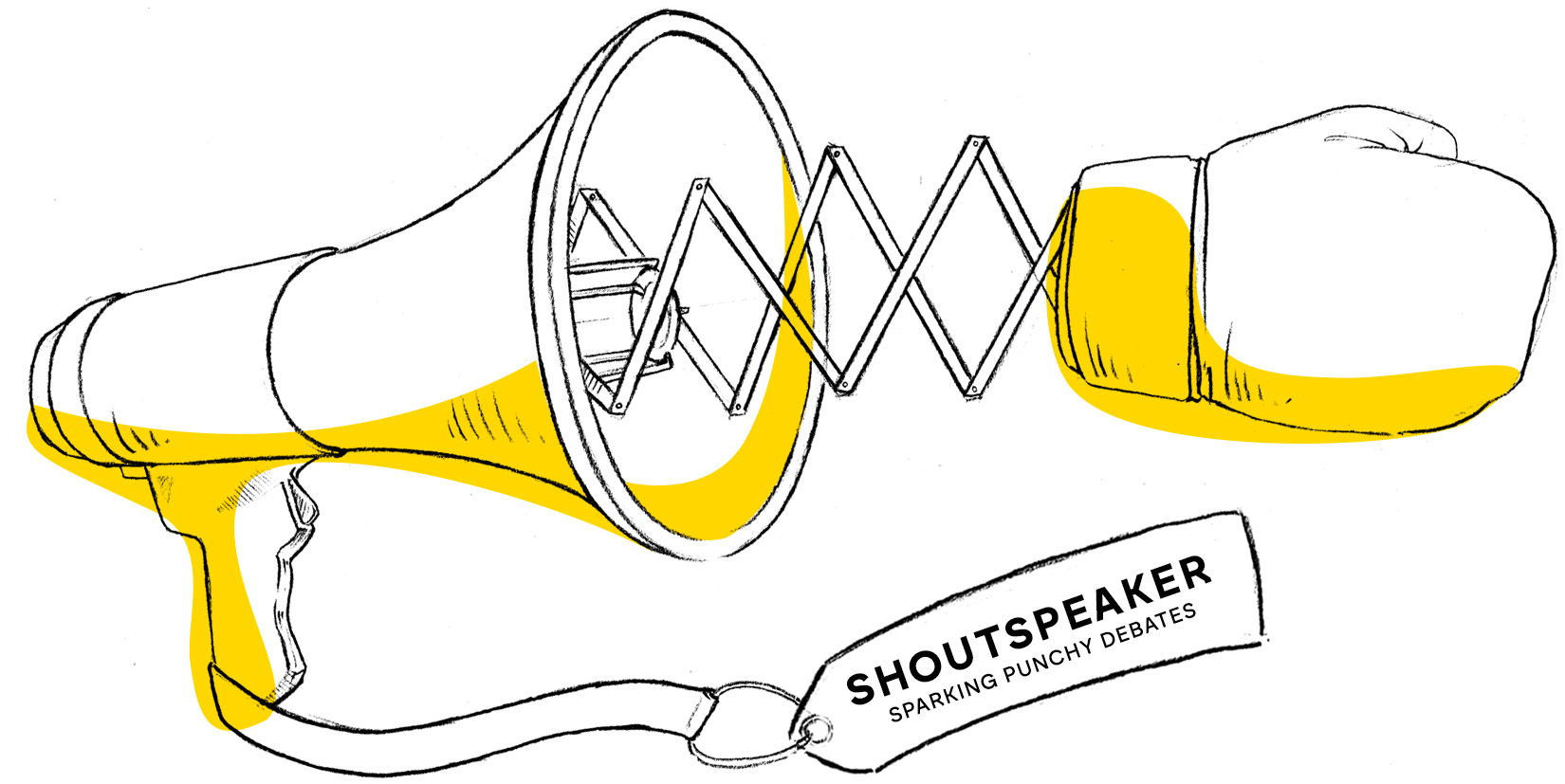
- Projecting into possible futures (5 to 30 years ahead) and alternative presents through fictions that ask ‘What if?’ to challenge “business-as-usual” thinking.
- Deepening and clarifying complex issues rather than rushing to provide quick-fix solutions.
- Telling futures at an everyday scale to enable both personal and collective projection.
- Using imaginaries as raw material, either to converge or diverge in exploration.
- Building provotypes – provocative prototypes – that leverage friction to catalyse imagination and discussion.
- Exploring with nuances to better adapt to the complex, sensitive, and ever-evolving nature of the topics addressed.

Friction is the only concept that more or less corresponds to the difference between real future and future on paper.

The three functions
of Design Fiction
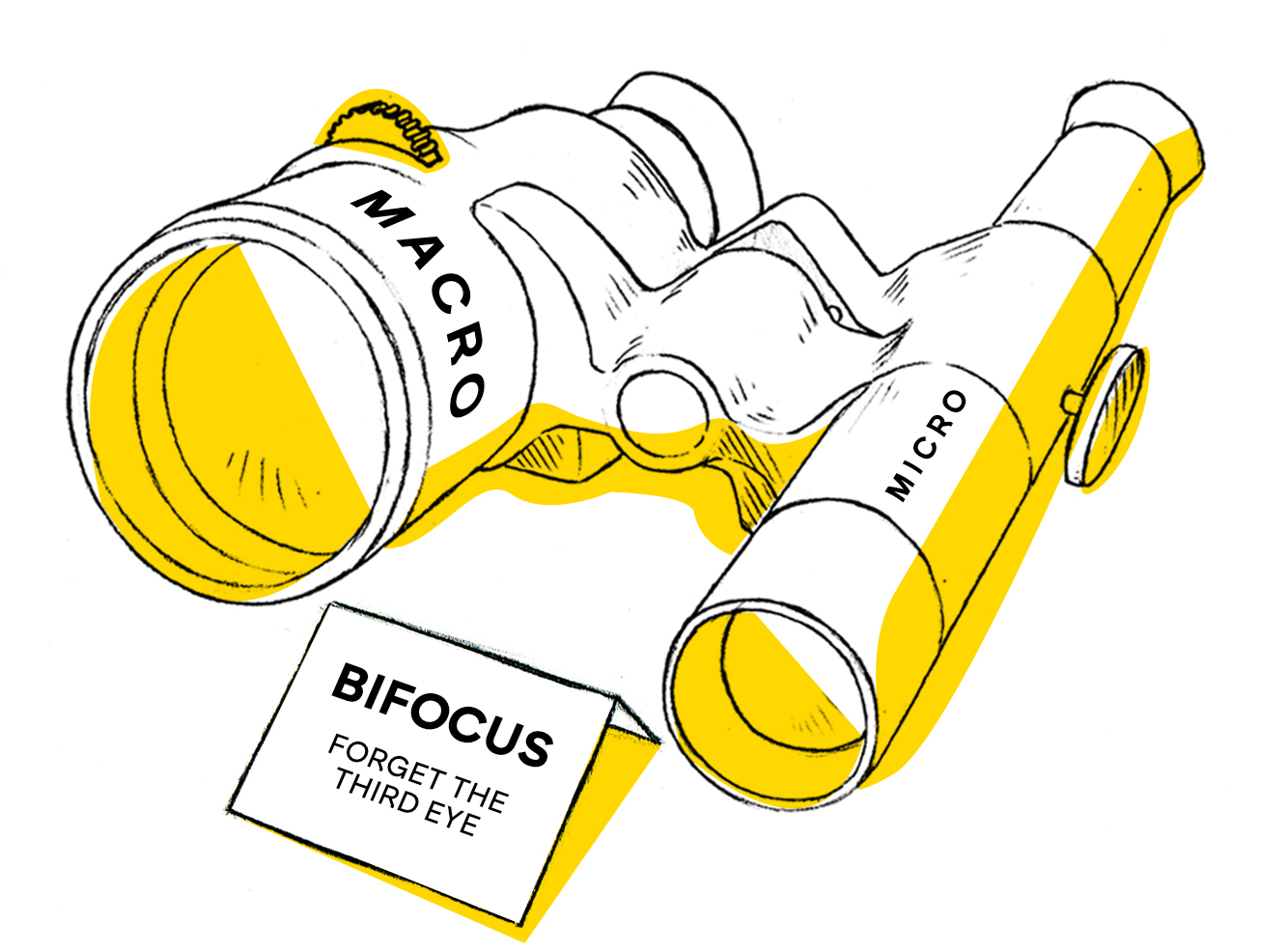
The Critical Anticipation
- Understanding and debating the applications and implications of a transformation or innovation, to refine one’s vision, strategy, or even purpose.
- Developing organisational or individual literacy in complexity, uncertainty, and urgency inherent in crises.
- Preparing to face the future and strengthening resilience, antifragility, and agency by rehearsing situations before they unfold.
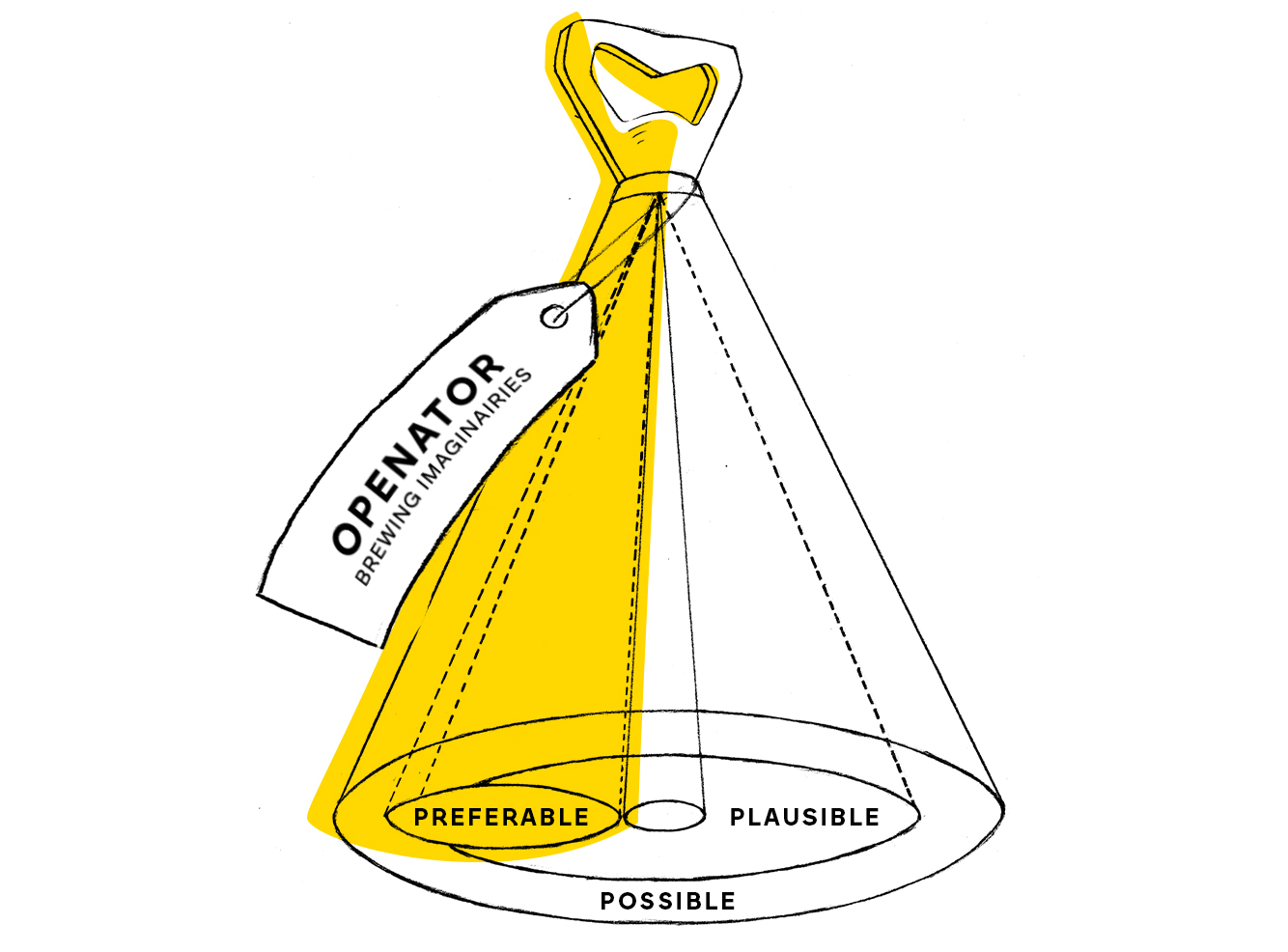
The Imaginaries-Opener
- Renewing inspirations and worldviews in response to the ‘breakdown of imaginaries’ (N. Nova).
- Imagining preferable or radical alternatives, both as a disruptive force and as a means to reveal and challenge the status quo.
- Reclaiming long-term thinking, stepping away from the constraints of metrics and operational immediacy.
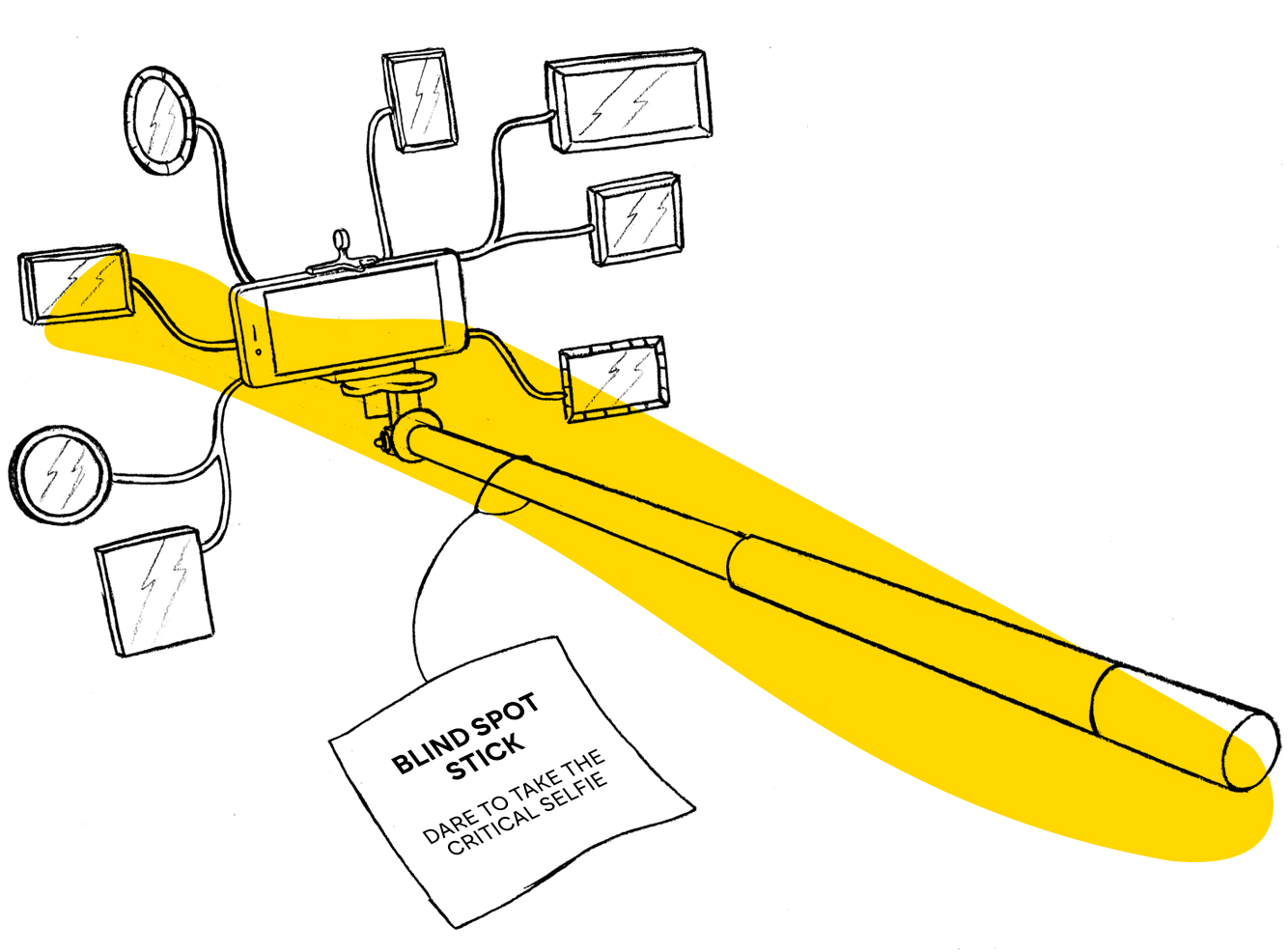
The Reflective Ethics
- Questioning one’s practices and impacts as an economic, social, or cultural actor.
- Uncovering blind spots and overlooked assumptions embedded in an organisation’s activities and processes.
- Becoming aware of the beliefs, influences, and interdependencies that shape, and may limit, our current ways of thinking and doing.
Participatory Futures:
fiction by and with the publics
Cooperation and participation are core values of our practice, shaping a distinctive approach we call co-Design Fiction.
An open-ended co-Design Fiction approach can take many forms, respectfully adapting to its context and the people it engages:
- Co-constructing narratives of shared or critical futures.
- Debating and collectively analysing scenarios.
- Foresight crash-testing new ideas, strategies, products, or services.
- Equipping stakeholders and engaged collectives to assess emerging challenges and shape or share their visions for the future.
Inviting actors and the public into a collective detour through tomorrow is both a methodological necessity – as a plurality of perspectives helps envision a diversity of futures – and an ethical commitment. As futurist Stuart Candy so aptly puts it, thinking about – and by extension, tending to – ‘the future should be more of a right than a privilege’.
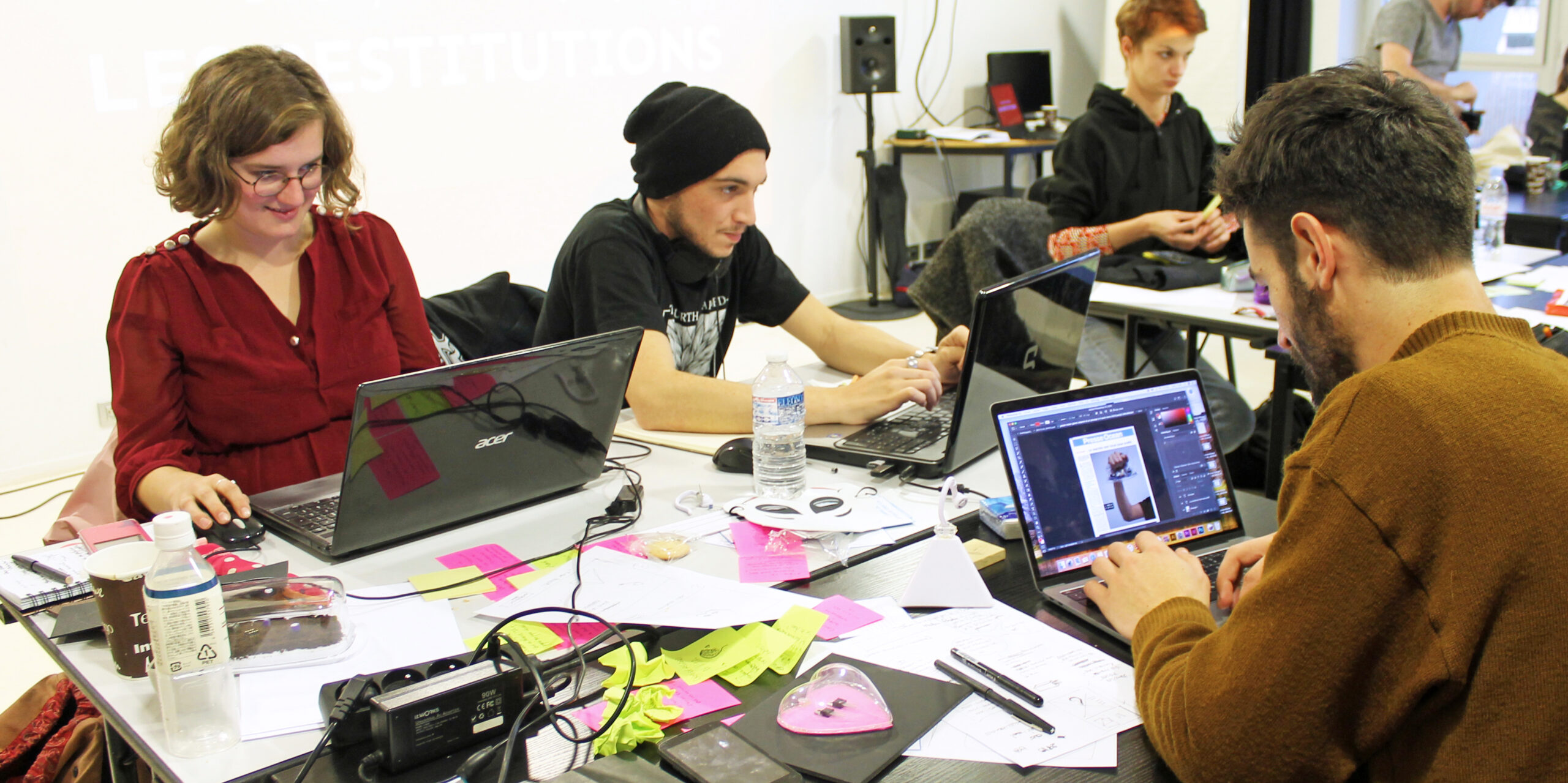
↑ utop/dystop(IA) invited non-expert audiences to share their optimistic or critical views on the widespread adoption of artificial intelligence.
Game Design Fiction:
playing with futures
Game Design Fiction is an exploratory playground that combines the strengths of playful mediation and Design Fiction to make the exploration of futures even more accessible.
Both approaches share a common use of storytelling to facilitate projection into future scenarios and to test alternatives.
Game Design Fiction framework leverages the extrapolations of Design Fiction and the interactivity of games (whether video games, card games, board games, or role-playing games) by experimenting with various methods to bring futures into play:
- Applying game mechanics to create design fiction scenarios.
- Transforming a foresight study into an immersive game experience.
- Using gameplay as a bridge between different facets of a speculative future.
Building on emerging research into ‘anticipation games’ and future gaming’ (S. Candy, P. Coulton & J. Lindley, J.A. Sweeney), Game Design Fiction aims to democratise future-oriented thinking and foster collective anticipation for the futures ahead.
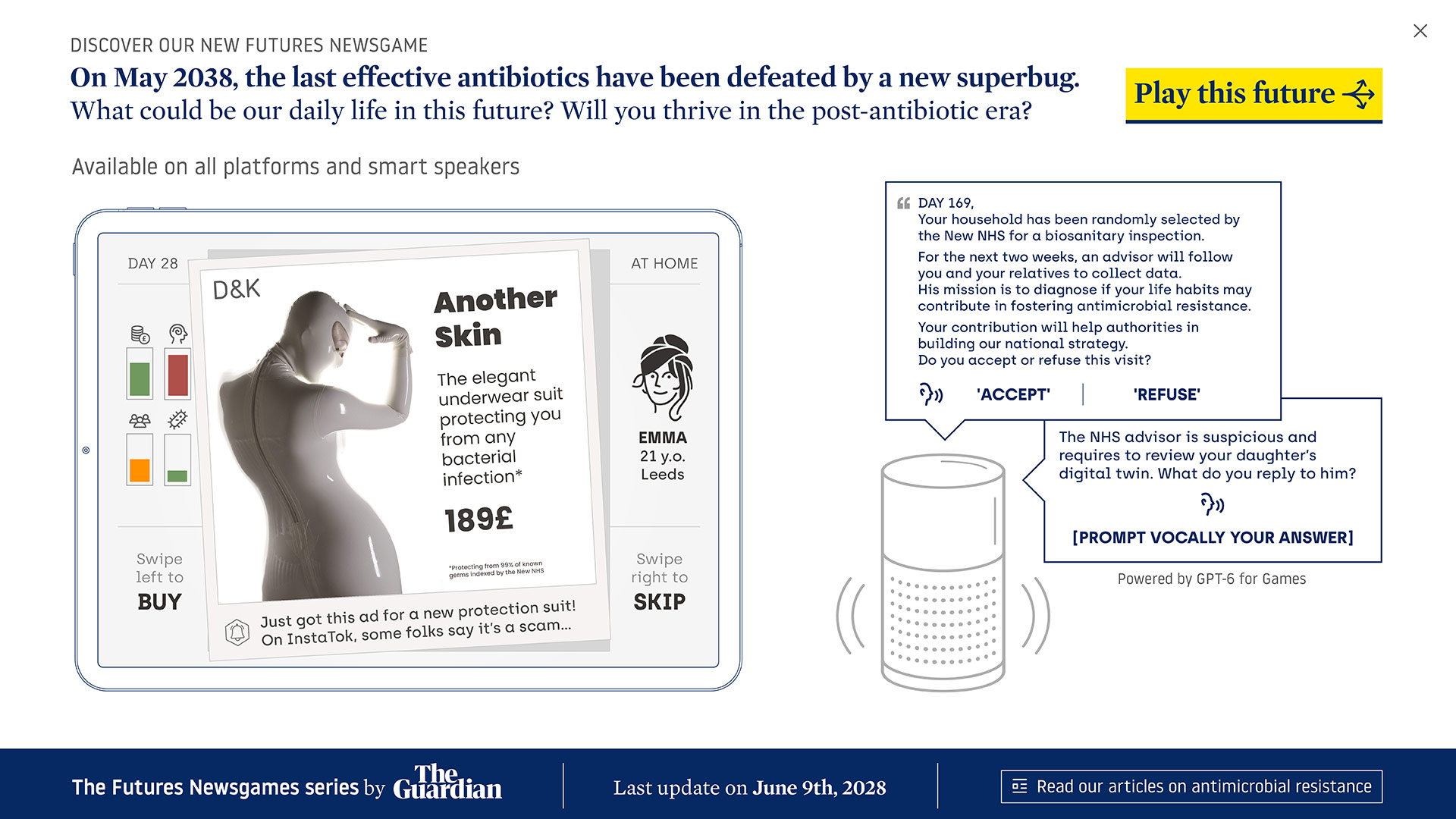
↑ A Year in the Post-Antibiotic Era is a speculative newsgame that immerses players in the daily life of an individual following the rise of antimicrobial resistance in the near future.
Visiting alternative presents through uchronia
Design Fiction is not solely about exploring futures.
In fact, sometimes the answer to tomorrow lies in a different today!
We play with uchronia to tell stories of alternative presents. Through fiction, we alter one or more events from the past — whether recent or distant — to imagine what could have unfolded differently and how it might have changed today’s reality.
When applied to a territory, organisation, or industry, uchronia in Design Fiction offers unexpected advantages:
- Breaking down (economic, technological, political) determinisms that claim ‘it could not have been otherwise’.
- Questioning disregarded or underestimated factors of change and disruption from the past to better recognise their equivalents in the future.
- Reclaiming room for manoeuvre by reflecting on what can still be acted upon today, managing the inheritance of the past to steer the current trajectory towards a more desirable outcome.
For all these reasons, alternative presents serve as a valuable complement to possible futures. By revisiting the past and reinventing the present through uchronic Design Fiction, we enhance preparedness for analogous situations that may arise in the near future – escaping ingrained patterns and considering the unthought.
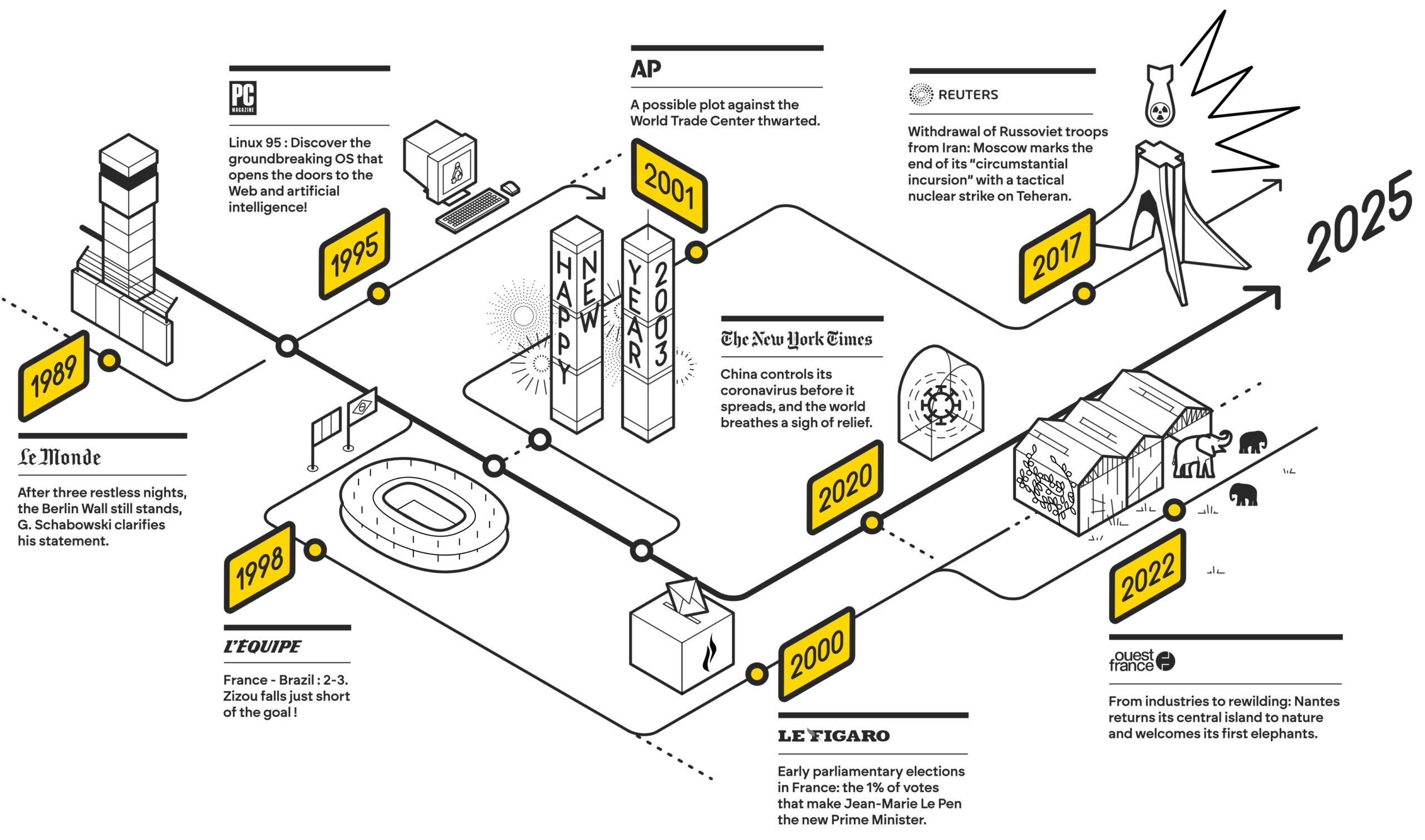
From fiction to action
The ‘landing’ of futures into the present is undoubtedly the most delicate step in a Design Fiction exploration. The challenge lies in extracting insights that will inform decision-making and drive action.
This phase of structuring and putting discussions into perspective notably reveals:
- Arguments and positions in favour of or against a future vision.
- Pathways for operational adaptation, strategic transformation, or collective resistance to a phenomenon.
- The evaluation of possible choices and the analysis of underlying imaginaries.
- Ways to engage publics and stakeholders around systemic challenges.
Beyond informing thought and action through futures, Design Fiction fosters a culture of anticipation and imagination within the organisations and communities that embrace it.
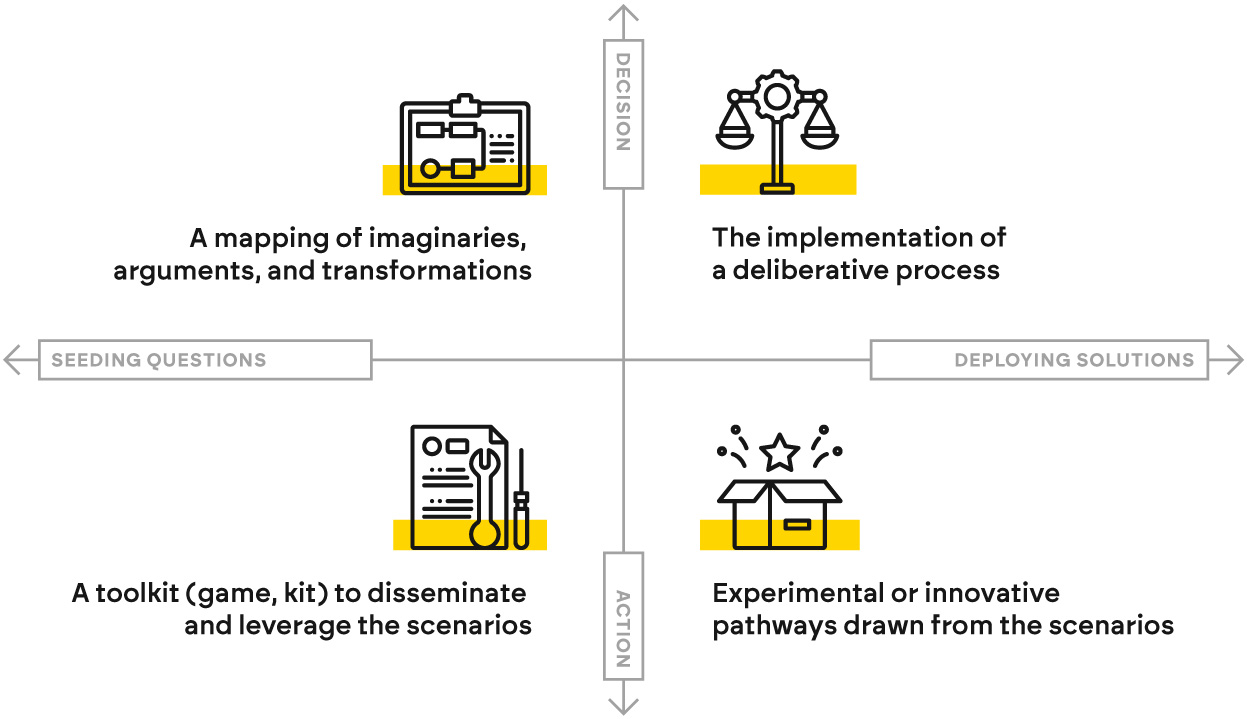
↑ Several outcomes of a Design Fiction process – transitioning between questions and answers, reflections and actions.
To go further
Discover feedback, behind-the-scenes insights, and diverse perspectives on the practice on our Medium blog ↗
Meet our team: Studio ↗
Contact us for an introductory session on Design Fiction or to initiate an exploration of possible futures: Contact ↗
